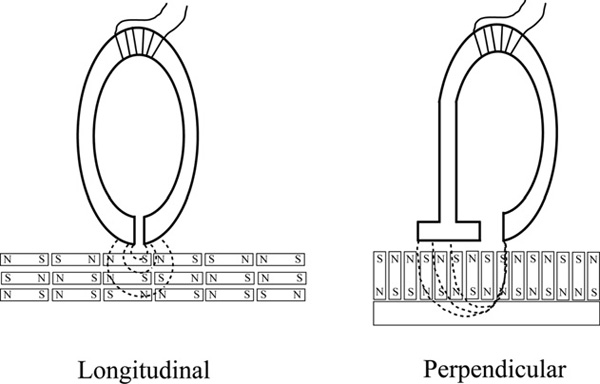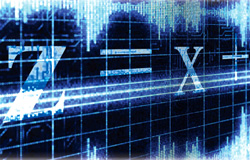Here we present a portion of a chapter in the book “The Science Of Sound Recording” by Jay Kadis, published by Focal Press.
———————————————————-
Whatever system is used to acquire digital data, we are faced with the same dilemma we encounter in the analog recorder when it comes to storing the information.
Although computer memories may store the data temporarily, most computers use dynamic random access memory (DRAM) chips that lose the data when the power is removed.
For long-term storage, magnetic media are used for digital recording as well as for analog.
Because digital data require only two states and not the complete linearity demanded by analog recordings, there is a difference in the way the process is applied.
Digital magnetic recorders use saturation recording, leaving all magnetic domains polarized in one direction or the other with no intermediate levels required, so the bias current used in analog recording is unnecessary in digital recorders. The density is quite high in digital recorders, which introduces some problems not encountered in analog recorders.
The number of bits per unit area of medium is limited in the longitudinal recording method used for analog record, although it is sufficient for the demands of analog recording.
Digital magnetic media may benefit from closer packing of domains, which is achieved by using perpendicular recording, in which the domain magnetic fields are magnetized perpendicular to the medium surface instead of along the surface as in analog recorders (Figure 1).
Digital data stored magnetically requires only two discernable states for binary information. This requirement is easily achieved by magnetizing domains fully in one or the other polarity.

Though this approach avoids the nonlinear region of the M-H curve, it introduces another problem: the interference between closely occurring bits. If the write head and the medium are not capable of altering the magnetic polarities as rapidly as the bits are changing, the magnetization from the previous bit will affect the next bit, which causes the data to be altered because the overlap makes discriminating between ones and zeros unclear. This intersymbol interference limits the data density that can be stored.
We have several options for storing digital data, including dedicated devices using tape or discs as media and general-purpose personal computers with added interfaces to acquire and convert analog audio. The high data density required for storing digital data made early digital recorders quite complicated, requiring rotating magnetic head recorders designed for video recording or using high tape speeds with stationary heads requiring more than one data track for each audio channel to provide enough bandwidth.
The personal computer has largely replaced the mechanically complicated digital recorders as the preferred storage device for digital audio recordings. The low price and wide availability of large, fast disc drives has spurred a move to the computer as the digital audio recorder of choice, especially as the computer can take on the functions of editing, mixing, processing, and storing the entire project in a single device.
A recent development is the flash RAM chip, popular in USB memory sticks for example. This magnetic nonvolatile RAM – though slower to read and write than a hard disk – is becoming popular for non-time-critical recording such as backup of sound files and stereo sound file distribution.
The evolution of digital recorders has been rapid. Rotary-head modular digital multitrack recorders and stereo DAT recorders enjoyed only a few years of widespread use before the move to the general-purpose computer as the preferred platform for digital recording. These machines temporarily bridged the gap between high-cost stationary head professional digital recorders like the Sony DASH and Mitsubishi Pro-Digi systems and analog multitrack.
The Alesis ADAT and TASCAM DTRS machines used videotape, which was cheap and readily available, to provide inexpensive access to digital recording for a wide range of users. These machines, though initially inexpensive, suffered from their complexity when head wear and transport malfunctions required difficult repair and diagnosis procedures.
Yamaha produced the DMR/DRU series of recorders, which used stationary heads and proprietary tape cassettes, to deliver 20-bit 8-channel digital recording in the early 1990s, but they were expensive relative to the ADAT and DTRS machines and never caught on.
None of these tape-based systems survived the move to computer-based systems, and all have been phased out or will soon be retired. Although tape provides the advantage of removable media, the large size of hard drives and the availability of plug-and-play computer interfaces for storage media has diminished the attractiveness of tape-based digital recorders.




















